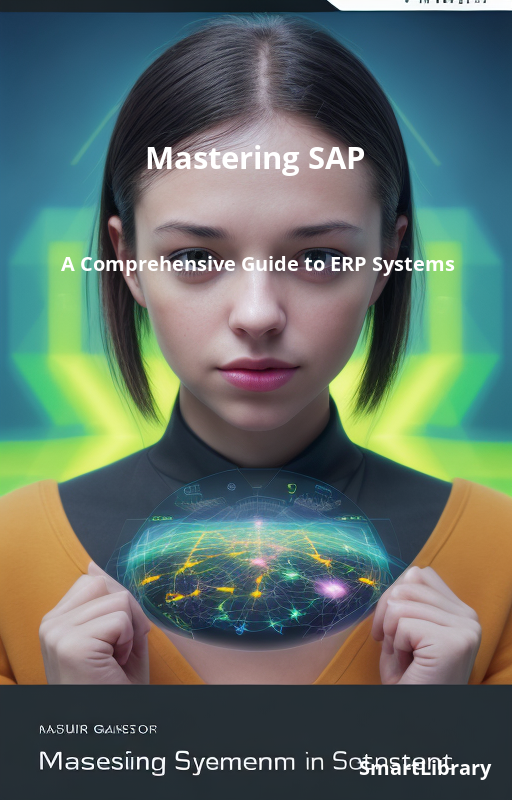
Mastering SAP: A Comprehensive Guide to ERP Systems
SAP is widely recognized as one of the top enterprise resource planning (ERP) systems in the market today. This comprehensive textbook aims to provide a detailed guide for individuals at all levels of experience, from beginners to seasoned professionals, who want to explore the various aspects of SAP.
The book starts by focusing on the installation and configuration of SAP. It outlines the necessary steps and prerequisites to set up the system successfully. This includes hardware and software requirements, database creation, and system landscape design. Additionally, it explains how to plan for a smooth deployment, ensuring that the SAP system aligns with the organization's goals and objectives.
Once the setup is complete, the textbook delves into explaining the core functionalities of SAP. It covers the various modules and components that make up the ERP system, such as financial accounting, sales and distribution, materials management, and human resources. Each module is explained in depth, providing a comprehensive understanding of how SAP handles different aspects of business operations.
Moreover, the book goes beyond the basic functionalities and explores the advanced customization options available within SAP. It explains how to tailor the system to meet specific business requirements by creating custom fields, screens, and reports. It also covers the integration capabilities of SAP, illustrating how it can seamlessly connect with other business applications, such as CRM systems or third-party software.
Furthermore, this resource emphasizes the importance of optimizing SAP's capabilities to streamline organizational processes. It provides insights on how to leverage SAP's features to enhance productivity, improve efficiency, and drive business growth. This includes techniques for data migration, system performance tuning, and business process reengineering.
Throughout the textbook, real-world examples and case studies are incorporated to illustrate the practical implementation of SAP in various industries and business scenarios. These examples help readers understand how SAP can be customized and utilized to address specific organizational challenges.
In conclusion, this comprehensive guide on SAP offers a wealth of information for both beginners and experienced professionals. From installation and configuration to advanced customization and integration, this book equips readers with the knowledge and skills needed to effectively utilize SAP and optimize its capabilities to streamline business processes.

























































































































